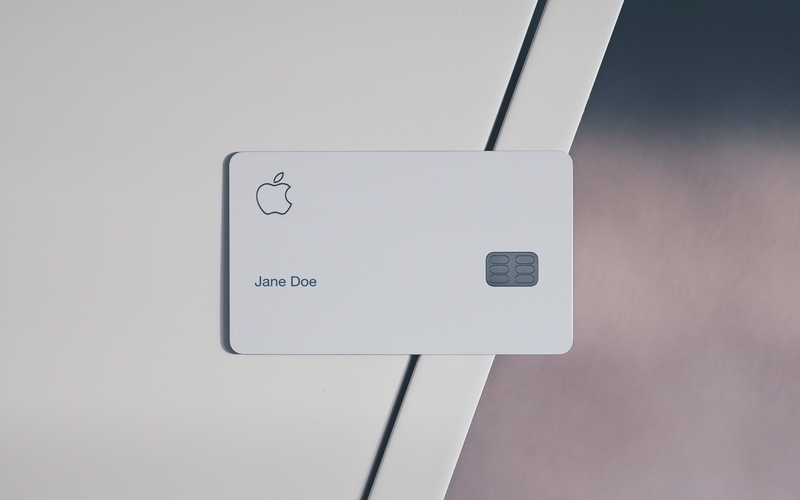The research of over 1,000 Australians was undertaken by YouGov Galaxy for the Medical Technology Association of Australia (MTAA), and found reasons for leaving included:
- 'cost of premiums' (64%)
- 'lack of value for money' (50%)
- 'out of pockets' (31%)
- 'prefer the public system' (21%)
- 'do not believe in private health insurance' (11%)
MTAA CEO Ian Burgess said that for the 11 million Australians still covered by private health insurance, premiums were set to increase by $50 - $300 in 2020.
Mr Burgess said the research was further proof the 'Big 4' health funds (Medibank, Bupa, HCF and NIB) were not passing on savings from recent medical device price cuts, which fell on average 14% in recent years, saving insurers $390 million.
“Over the past decade the ‘Big 4’ health insurers increased their premiums at a faster rate than national house prices, while banking billions in profits,” Mr Burgess said.
“This is despite the fact private health funds have not paid one extra cent for medical devices in recent years.
“Each of these two million Australians dumping their private health cover is an extra person joining our already overcrowded public hospital system.”
Mr Burgess added that the findings gave a rare insight into the real "churn and burn" of private health insurance coverage and called for greater transparency in the figures released to the public.
Currently insurers and government only publicly release the 'net' change in coverage - the difference between the number of people signing up and dropping out - while keeping the total number of Aussies cancelling health cover secret.
A new poll shows as many as two million Australians have dropped their private health insurance in the past five years. https://t.co/TIgXeqIOLi @jenbechwati #auspol #7NEWS pic.twitter.com/cZfpOCQ7wz
— 7NEWS Australia (@7NewsAustralia) December 30, 2019
Government and private health insurance groups clash
Earlier in December, the Morrison government announced private health insurance premiums would on average increase by 2.92% as of April 2020, the smallest increase in two decades.
Health Minister Greg Hunt labelled the change as groundbreaking, with insurers requesting increases of 3.5% and previous years increases ranging from 3.25% to 6.25%.
"The Morrison Government is delivering the most significant reforms to private health insurance in over a decade, which is making private health insurance simpler to understand and more affordable for Australians," Mr Hunt said.
But Mr Burgess said the government's efforts were in vain if younger generations and families continued to drop oiut of private health insurance because of ongoing price increases.
“The only answer left is for prices to go below zero next premium round. That means an actual premium decrease – not a ‘lower’ increase.
“It’s time for the government to step in and save private health from itself.”
But MediBank Chief Customer Office David Koczkar said that it's scheduled 3.27% premium increase was necessary due to the high cost of healthcare in Australia.
"Despite overall inflation remaining subdued in Australia, the cost of healthcare is increasing a lot faster, with medical and hospital services CPI at 3.8%," Mr Koczkar said.
“We can no longer ignore that we are paying up to three times the price for some medical devices in the private system when compared to the public system, or that prostheses prices in the Australian private hospital setting are amongst the highest in the world."
Private health insurance faces a "death spiral"
A Grattan Institute report released at the start of December recommended charging younger people less for private health insurance to stem the flow of exiting youths.
The think-tank found that fewer than 40% of the population will be covered by private health insurance in 2030 unless serious reforms are made.
Health economist Stephen Duckett said young people were ditching private health insurance due to decreased value for money.
“Rising premiums and unexpected out-of-pocket costs have diminished the value of private health insurance for many Australians, especially the young and healthy,” Mr Duckett said.
“Many people, particularly younger people, are dropping cover entirely. As younger and healthier people drop private health insurance, premiums have to rise for the remaining members, which drives even more young and healthy people to leave.
“The industry faces a demographic death spiral as costs for older people rise and younger people leave.”
Government launches incentive to coax young people back to private health
In April of this year the government launched reforms to private health insurance that would see Australians aged 18 - 29 years old receive discounts of up to 10% on premiums.
But the Grattan Institute report said this program had been ineffective to date.
“Since April 2019, insurers have been permitted to offer people aged 18-29 discounts of up to 10% on their hospital insurance premiums… There was no evidence in its first quarter of operation that this policy had reduced the youth exodus from health insurance. It is unlikely the discount will be enough to induce young people to buy a product that they consider poor value for money,” the report said.
Whether the private health insurance industry can bounce back from these challenges remains to be seen.
Currently the industry relies heavily on profit margins gained from young, healthy Australians who often do not utilise the full benefits of their policies.
If this group continues to turn their backs on private cover, the industry could reach a negative tipping point in the foreseeable future, unless the government provides additional incentives to show the worth of private health insurance to young people.



 Denise Raward
Denise Raward

 Harry O'Sullivan
Harry O'Sullivan
 Alex Brewster
Alex Brewster
 Hanan Dervisevic
Hanan Dervisevic

